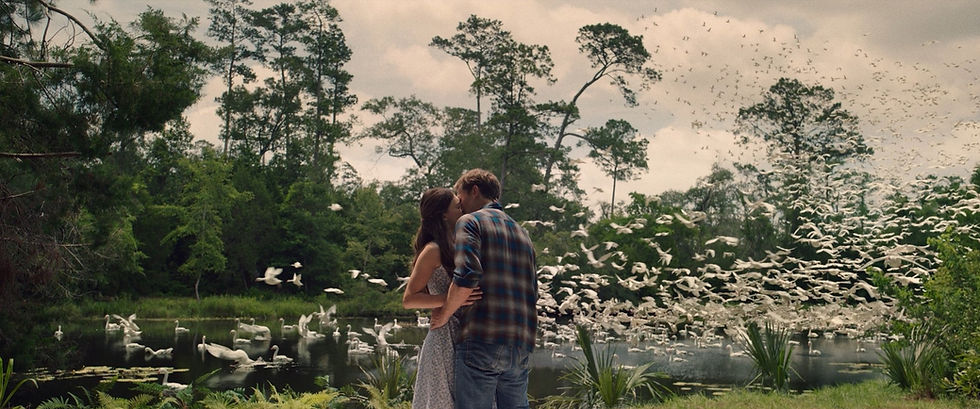Why We’re the Luckiest Filmmakers of All Time: Analog vs Digital Filmmaking
- mediabeecolorlab
- Jul 14
- 3 min read
Have you ever found yourself marveling at the exquisite beauty of an analog film, the way the grain dances on the screen, giving each frame a tangible warmth and depth? This is the magic of analog, a legacy that filmmakers like Christopher Nolan continue to honor in masterpieces such as "Oppenheimer" (2023). The richness of film stock captures light and shadow in a way that digital still strives to emulate. There’s something profoundly nostalgic and irreplaceable about it.

The texture of analog film isn’t just aesthetic; it's emotional. The imperfections, the halation, the subtle flicker—they all contribute to a visual language that feels more human, more vulnerable. It's why so many of us, even those who work entirely in digital, still chase the elusive "film look." We study it, emulate it, and in some cases, even try to bottle it into LUTs and plugins. The pursuit isn’t just about mimicking a style. It's about recapturing the soul of cinema.
Yet, here we are, standing at the cusp of a digital age that offers unprecedented flexibility and creative freedom — a turning point in the conversation around analog vs digital filmmaking. Digital filmmaking allows us to experiment and push boundaries, blending the old with the new in ways that elevate our storytelling to new heights. The immediacy of digital tools, the precision they allow, the accessibility of editing and color grading platforms—all of this has democratized the craft, opening doors that were once tightly shut.
We can now shoot 6K RAW on affordable cameras, simulate the look of Kodak 2383 print film in real time, and grade with precision on a laptop from anywhere in the world. We can iterate, revise, and reinvent scenes in post in ways that analog never allowed. For the independent filmmaker, this means greater freedom. For the seasoned professional, it means faster workflows and more nuanced control over every detail.
In this delicate dance between tradition and innovation, we find ourselves as both guardians of a timeless craft and pioneers of an exciting frontier. We draw inspiration from the meticulous craftsmanship of the past while embracing the infinite possibilities of the future. And that synergy is where the true magic lies.

When we watch a film that nails the balance—one that blends the emotive power of analog texture with the clarity and flexibility of digital—we feel it. It stirs something in us, like watching a painting that breathes. Think of films like "The Tree of Life" (2011) or "Phantom Thread" (2017) or more recently "Oppenheimer" (2023). These films are digitally enhanced but analog in spirit. They remind us that filmmaking is, at its core, an emotional art form.
And then there are films that are born digital but carry the soul of analog with them—works like "The Power of the Dog" (2021) and "The Substance" (2024). Though shot digitally, their visual language channels the warmth, restraint, and painterly composition of traditional film. The camera lingers. The colors are organic. The grain may be simulated, but the emotion it evokes is real. These films prove that it’s not the medium alone that defines the feel of cinema—it’s the intention behind the image.
In this extraordinary era, we are both storytellers and innovators, honoring the legacy of those who came before us while boldly stepping into new horizons. We aren’t forced to choose between nostalgia and progress—we get to live at the intersection of both. It is a privilege to be part of this journey, celebrating the best of both worlds and crafting a future that is as rich and vibrant as the history that brought us here.
And this is why we are truly lucky—to live and create at the intersection of such incredible worlds. The frame is still our canvas. The story is still our voice. But the tools we now hold in our hands? They are unprecedented. And with them, we can honor the past, challenge the present, and shape the future of cinema.




Comments